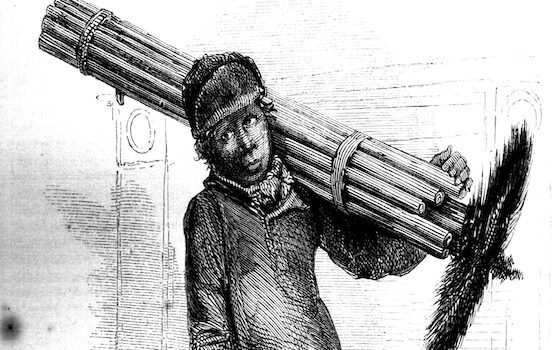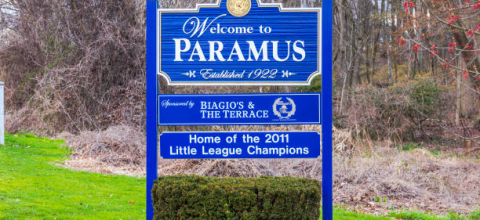History of Chimney Sweeps
In the history of chimney sweeping, there isn’t a chapter that honestly resembles the depiction of the joyful sweep played by Dick Van Dyke in the classic movie Mary Poppins. Sadly, for centuries chimney sweeping was not an enviable or safe profession, though it was always very much needed. Honorable chimney sweeps of today are respected professionals. Present-day experiences are very different from those of chimney sweeps down through history.
The earliest signs of chimneys go as far back as the 13th century in Italy, though it still took centuries for chimneys to really catch on. The professional of chimney sweeping got its start in the 16th century in England.
Originally, only the ruling class in England had chimneys, and chimney sweeps had the filthy job of keeping them clean. It wasn’t long, however, before the working class began requesting that fireplaces and chimneys be built in every room of their homes. Chimney sweeps had plenty of work to do and would sometimes simply move from roof to roof cleaning the creosote and soot from chimneys.
England began charging a hefty hearth tax in the 17th century, and it was based on how many chimneys a home had. Builders began connecting flues with existing chimneys, to avoid the tax. As a result, chimneys became narrow, pitch black, complex mazes which chimney sweeps had to clean.
The importance of chimney sweeps became even more important when most people began using coal instead of firewood. If the sticky soot deposits were not regularly cleaned, toxic fumes would fill the homes.
With the increased use of coal, chimney sweeps became a symbol not only of a good hearth but also of good health, since they restored clean air in homes.
Tragically, the way chimney sweeps accomplished getting the maze-like chimneys cleaned was by using small boys to do the work. The children were either orphan boys chosen to be chimney sweeps or were sold by destitute parents to a chimney master.
The small boys would work from dawn to dusk and were forced to climb through the chimneys in exchange for a place to sleep, food, and water. They would scrape the coal deposits from the flue linings. If a child was hesitant to climb, oftentimes the chimney master would light a small fire in the fireplace as motivation; this is where the phrase “to light a fire under someone” originated.
The young sweeps, who were usually between the ages of 5 and 11 years old, suffered many perils. Their bones often became deformed because of the positions their bodies were constantly in as they scooted up chimneys. Sometimes they became trapped and died in the chimneys. The children suffered from soot inhalation, which many believe is why child chimney sweeps rarely lived past middle age.
Adolescent chimney sweeps suffered from the first recorded industrial cancer. The deadly cancer was also very painful.
Many people recognized the cruel treatment suffered by the young children used to clean chimneys, and efforts were made over the years to put an end to it. Several pieces of literature helped with the effort, including a poem by William Blake entitled “The Chimney Sweeper.”
The “Act for the Regulation of Chimney Sweepers” was finally passed by the English Parliament in 1864, and it put an end to child chimney sweeps in that country.
Necessity being the mother of invention, another method was required to clean chimneys. Joseph Glass invented brushes and canes for cleaning chimneys in the 18th century, and his basic designs are still in use today.
Among the notable improvements in equipment used by chimney sweeps are cameras which can be lowered into flues in order to detect whether there is any damage to the lining.
Rather than being coated with soot, the chimney professionals of today are educated in the science of fireplaces and chimneys; and they are also familiar with applicable building codes.
Contact our chimney technicians for all of your venting needs. We help to ensure that your fireplace and chimney are safe to use. Fortunately, with advancements in sweep technology, we don’t have to jeopardize our own health, as was necessary in days gone by, to help protect yours.
Call 800-482-8224 to schedule an appointment with an Amazon Air Duct Cleaning Professional today!










